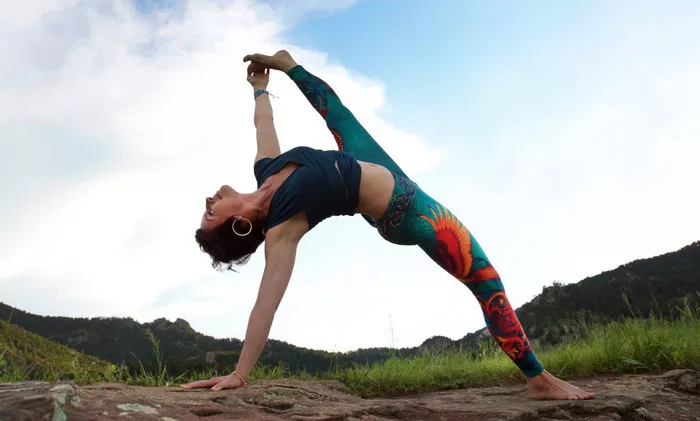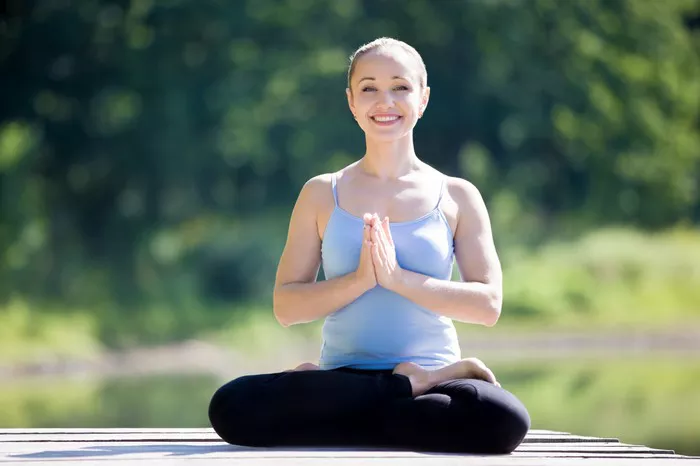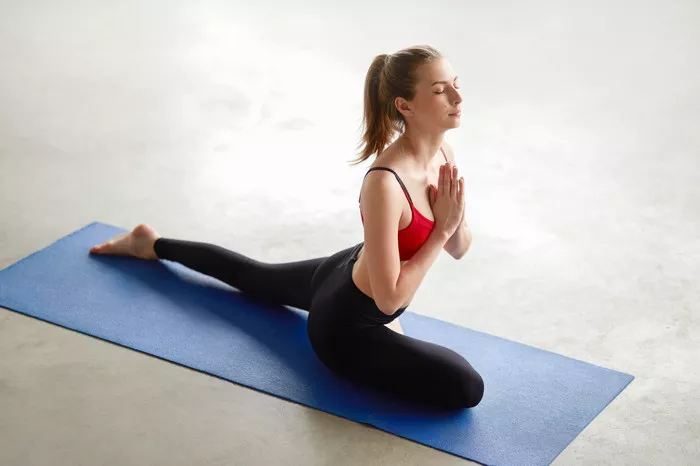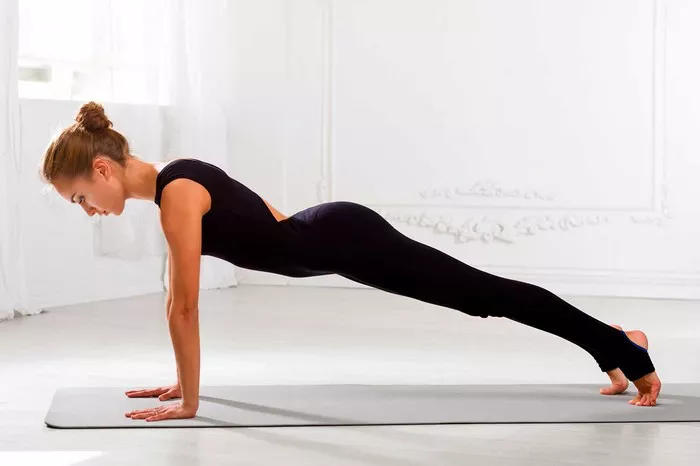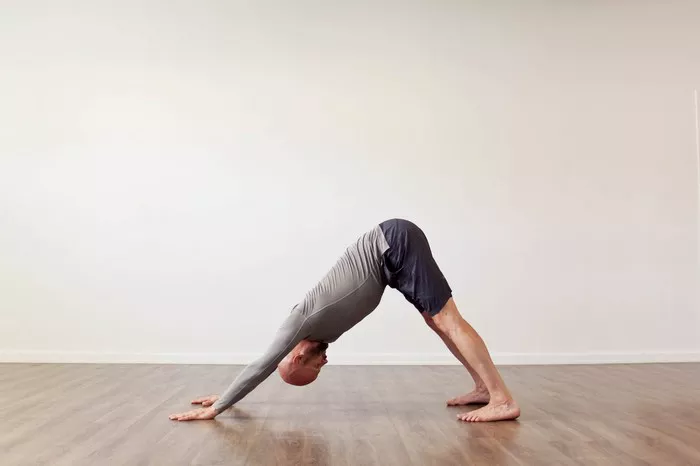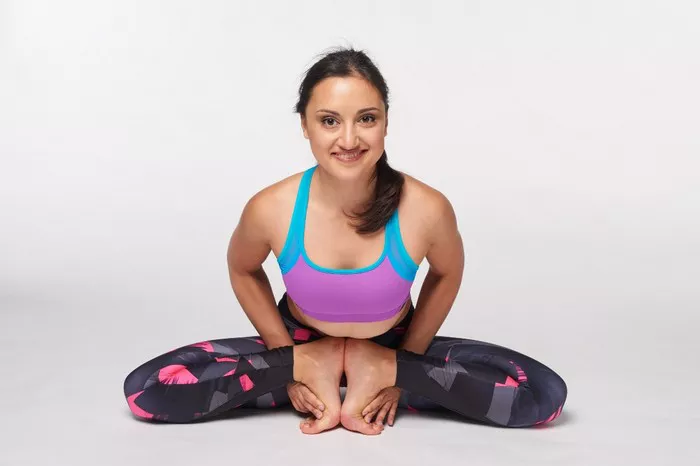Yoga is often seen as a practice that promotes flexibility, relaxation, and mental clarity. Yet, a common misconception is that it does not contribute significantly to physical strength. While it is true that yoga emphasizes mindfulness and breathing techniques, it is equally true that yoga can have a profound impact on the strength of the body. This article aims to explore how yoga can make you stronger, the types of yoga that specifically target strength, and how this ancient practice integrates mind and body to enhance overall physical and mental well-being.
The Relationship Between Yoga and Strength
Before diving into specific practices, it is essential to understand what strength means in the context of yoga. In conventional terms, strength is often associated with muscle mass, power, and the ability to lift heavy weights. While yoga might not seem like the traditional way to build this kind of muscle strength, it offers a different form of strength that is often more functional, holistic, and enduring.
Yoga builds strength through the consistent use of bodyweight. Unlike conventional strength training, which might involve external weights or machines, yoga focuses on using your body in various postures that engage multiple muscle groups at once. It is important to note that strength in yoga is not just about how much weight one can lift, but about how well one can control and move their body in different positions while maintaining stability and proper alignment.
One of the key aspects of yoga is that it builds functional strength—strength that helps in everyday activities like carrying groceries, walking, sitting, and even standing. Over time, yoga practice increases muscular endurance, stability, and body awareness, which together contribute to overall physical strength.
Types of Yoga That Enhance Strength
While all forms of yoga can help increase strength to some degree, there are specific types of yoga that emphasize strength-building more directly. Here are some of the most popular styles:
1. Vinyasa Yoga
Vinyasa yoga, also known as flow yoga, involves a dynamic sequence of postures that are linked with the breath. It is one of the most common types of yoga practiced today and is known for its fast-paced, energetic nature. In Vinyasa, you move from one posture to another in a continuous flow, often incorporating arm balances, planks, and warrior poses that target strength in the core, arms, and legs.
The practice of holding and transitioning between poses like Chaturanga (a form of low push-up), plank, and Downward-Facing Dog helps build upper body and core strength. Because Vinyasa requires fluid movement between poses, practitioners develop muscular endurance, which is the ability to sustain strength over longer periods.
2. Ashtanga Yoga
Ashtanga yoga is another powerful and demanding style of yoga that emphasizes strength. It is often described as a more rigorous form of Vinyasa yoga due to its set sequence of postures that is always followed in the same order. Ashtanga yoga flows through a series of poses that challenge both strength and flexibility, and it is a physically demanding practice.
One of the key areas where Ashtanga strengthens the body is the core. The use of deep abdominal engagement throughout the practice helps build core strength, which is vital for overall body stability. Additionally, Ashtanga requires holding poses like Chaturanga and balancing postures like Warrior III, which further develops strength and stability in the arms, shoulders, legs, and back.
3. Power Yoga
Power yoga is essentially a Westernized version of Ashtanga yoga and is designed to be a more intense and fitness-focused practice. It combines strength-building yoga postures with elements of cardiovascular exercise to increase muscle tone, endurance, and overall strength.
Power yoga incorporates faster-paced sequences with more challenging poses that require the practitioner to engage muscles deeply. Common poses in Power Yoga that build strength include plank variations, arm balances, and deep lunges. By working at a faster pace, Power yoga also boosts metabolism and supports overall physical fitness.
4. Iyengar Yoga
Iyengar yoga, developed by B.K.S. Iyengar, is known for its precision and alignment-focused approach. Although it may seem less vigorous than some of the more dynamic styles, Iyengar yoga still provides a robust foundation for strength building. The use of props like blocks, straps, and blankets allows practitioners to hold poses for extended periods, giving muscles the opportunity to deeply activate and build strength.
In particular, Iyengar yoga poses like plank, bridge, and shoulder stand build strength in the core, arms, and legs. The prolonged hold of certain poses also helps increase muscle endurance, which supports the development of long-lasting strength and stability in the body.
5. Hot Yoga (Bikram Yoga)
Hot yoga, particularly Bikram yoga, is performed in a heated room (typically around 105°F or 40°C), which increases the intensity of the practice. The heat allows muscles to warm up faster, enabling a deeper range of motion and making it easier to engage muscle groups in a way that promotes strength development.
Bikram yoga consists of a fixed sequence of 26 poses, and the heat can make the body more pliable. This increased flexibility, combined with the strength-demanding poses, helps to build muscular endurance and tone.
6. Yin Yoga
While Yin yoga is primarily focused on improving flexibility and releasing tension in the fascia, it also requires a certain degree of strength, particularly in the lower body. Although it may not seem like a strength-based practice, holding deep, long stretches for several minutes in poses like Dragon or Saddle helps develop strength in the muscles required for stability.
In Yin yoga, muscles are held in a prolonged state of stretch, which allows for muscle fibers to activate and gain strength. Moreover, the mental discipline required to hold poses for an extended period builds mental fortitude and patience—an essential component of inner strength.
The Strength Benefits of Yoga
Now that we have explored the types of yoga that specifically focus on building strength, it’s important to understand the numerous benefits of strength gained through yoga practice. These benefits go beyond just muscle growth and contribute to overall health, well-being, and quality of life.
1. Improved Posture
Yoga encourages alignment and awareness of the body. By strengthening the muscles that support the spine and the core, yoga improves posture. A strong, stable core helps in holding the body upright and reduces the risk of back pain and injuries. Many yoga poses specifically target the muscles of the back, shoulders, and neck, which are crucial for maintaining good posture.
2. Increased Joint Stability
Yoga poses require a range of motion and stabilize joints through muscle engagement. This stability helps prevent injuries, especially in the knees, hips, and shoulders, by promoting strength around these vulnerable areas. For instance, poses like Warrior I and Warrior II work on strengthening the legs and hips, providing increased joint stability.
3. Functional Strength
As previously mentioned, yoga strengthens the body in a functional manner. The muscles and joints strengthened through yoga become more efficient in supporting everyday movements. This means that yoga practitioners often experience fewer injuries and are better equipped to handle physical tasks, such as lifting, bending, and carrying.
4. Enhanced Athletic Performance
Many athletes integrate yoga into their training regimen to build strength, improve flexibility, and recover from injuries. Yoga enhances the strength of key muscle groups that are often neglected in other forms of exercise. For instance, runners often experience better balance and core strength from yoga, which can reduce the risk of injury and improve performance.
5. Increased Mental Strength
Yoga is not just about physical strength. One of the most powerful benefits of yoga is the mental and emotional strength it cultivates. Through mindfulness, breathing practices, and concentration, yoga helps to build resilience, reduce stress, and increase focus. The ability to remain calm under pressure, focus on the present moment, and stay consistent in practice are forms of mental strength that support not only yoga practice but also success in other areas of life.
Conclusion
Yoga is undoubtedly a practice that builds strength—not just in terms of muscle mass but in functional, enduring strength that benefits the body as a whole. Whether you are looking to build strength for athletic performance, improve posture, or gain stability and flexibility, yoga offers a comprehensive solution. From Vinyasa to Ashtanga, Power Yoga to Iyengar, there is a style of yoga suited to different strength-building needs. Beyond the physical benefits, yoga also strengthens the mind, creating a holistic approach to health and well-being.
Ultimately, yoga empowers the body to move with control and awareness. By committing to a consistent yoga practice, you can develop a deep, balanced strength that supports not only your physical body but also your mental and emotional well-being.
Related Topics:

